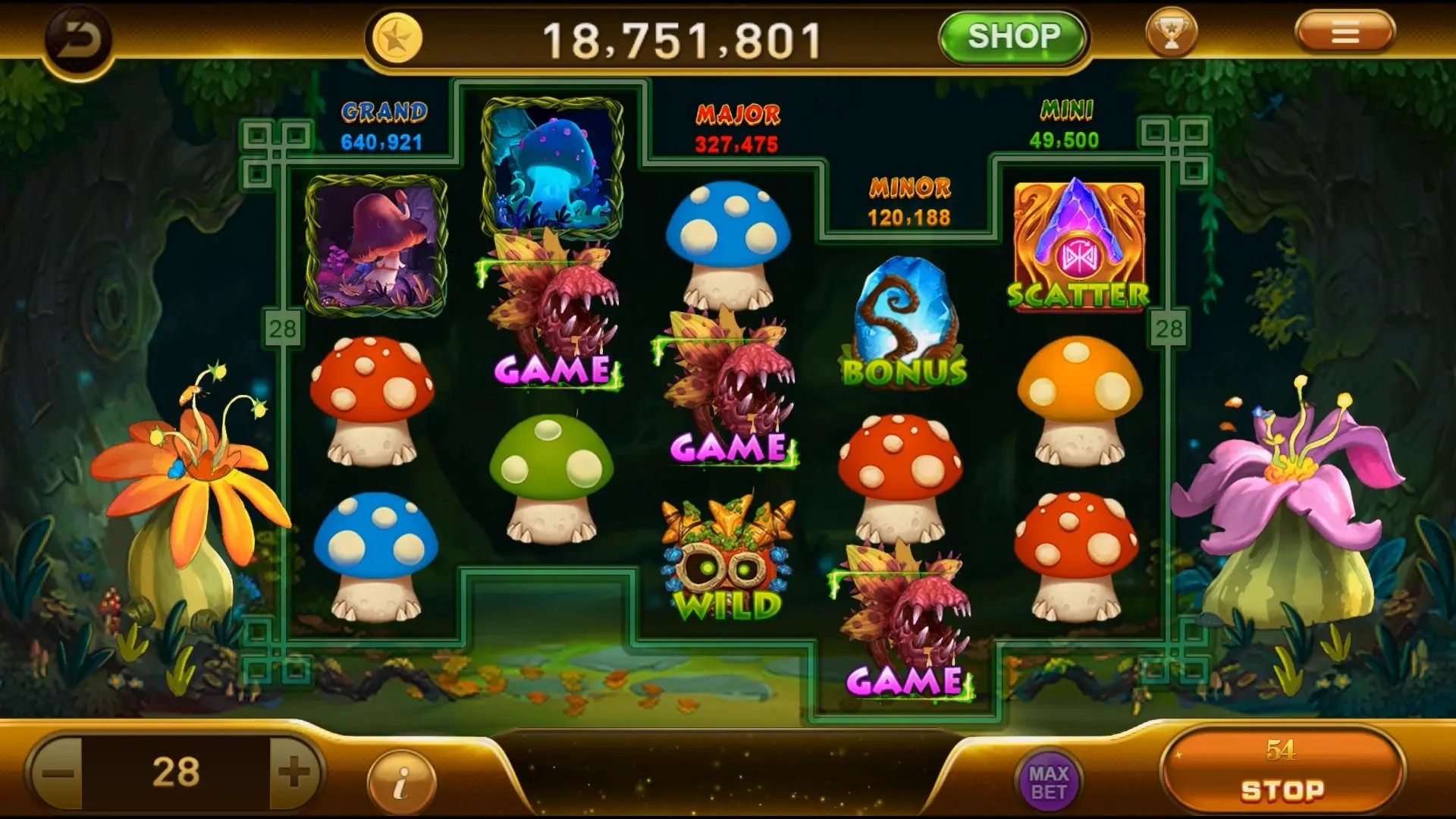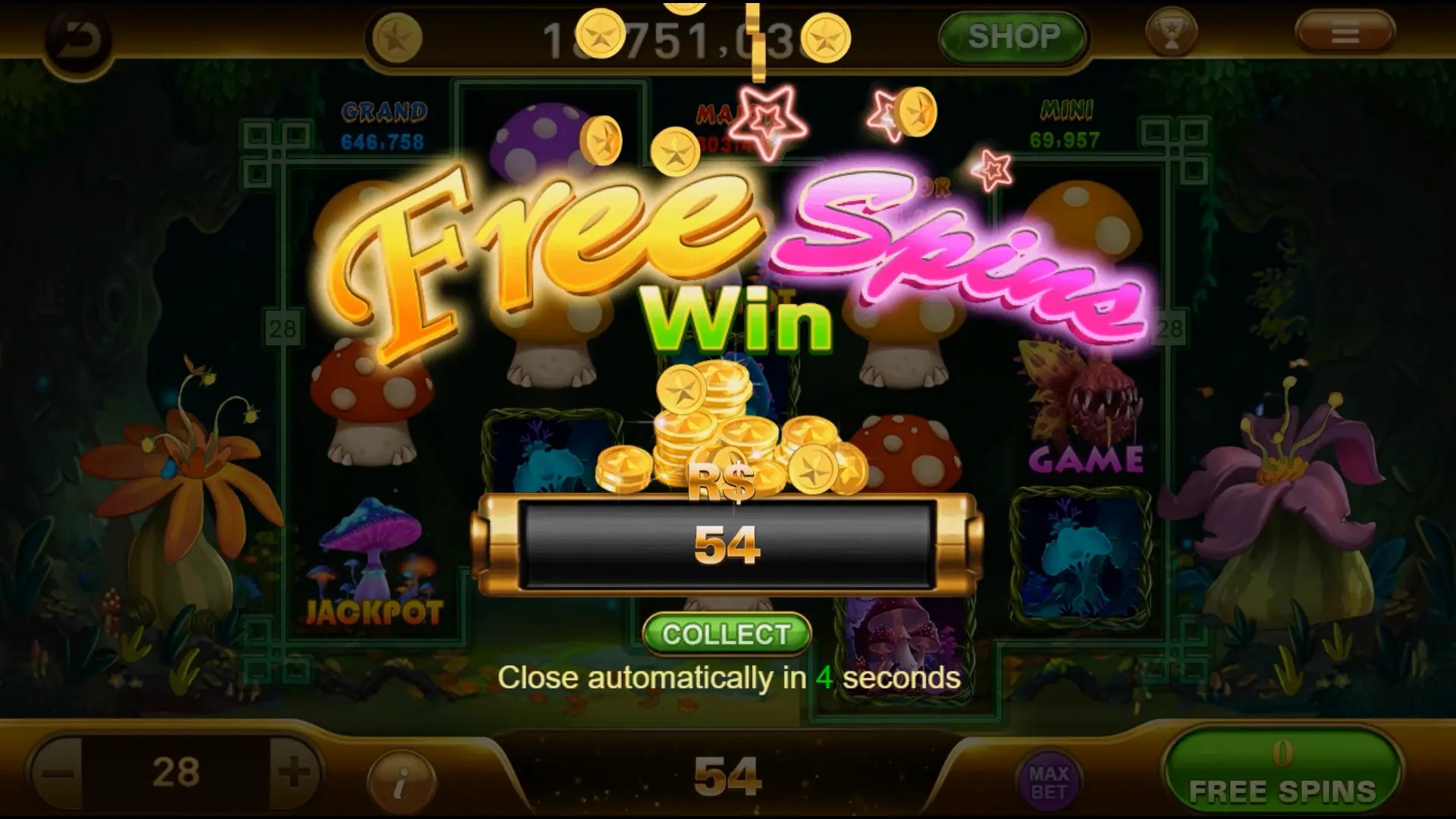Why Sandbox Games Are Revolutionizing Life Simulation: A Deep Dive into Virtual Freedom
In the rapidly evolving landscape of gaming, sandbox games have carved out a unique niche by providing players with unprecedented levels of creativity and freedom. This article explores the transformative impact of sandbox games on life simulation gaming, examining how they empower players to craft their adventures, challenge traditional gaming paradigms, and redefine virtual experiences.
Understanding Sandbox Games
Before diving into their impact on life simulation, let’s dissect what sandbox games actually are. At their core, sandbox games emphasize open-ended play, allowing players to create, explore, and interact with their environment in ways that are largely unrestricted. Unlike conventional games with linear storylines, sandbox titles provide the canvas — players paint their masterpiece with their choices.
The Appeal of Life Simulation Games
Life simulation games, like The Sims, offer gamers a glimpse into managing virtual lives, from building homes to nurturing relationships. These games tap into the innate human desire for origin stories, growth, and connection. But how do sandbox elements enhance these games?
Freedom of Creation
Sandbox games empower players by giving them tools to create their own worlds. Imagine a player not just managing a household but building entire neighborhoods block by block. This level of customization adds a layer of immersion that traditional life simulation games often lack.
Breaking Away from Constraints
Typical life simulation games often restrict player actions to scripted events. Sandbox games, however, offer diverse approaches to problem-solving and life management. This freedom fosters innovation, enabling experiences as varied as designing an urban environment to orchestrating complex social dynamics.
Enhanced Player Agency
In a sandbox environment, players no longer just follow a set path; instead, they write their own narratives. This agency leads to deeper emotional connections with the game. Whether it’s a story nostalgia or grim, every decision affects a player's world.
Customization and Personal Expression
Customization in sandbox games goes beyond aesthetics. Players can portray their personalities, interests, and style through their in-game choices. Whether creating avatars, selecting themes, or designing virtual spaces, sandbox games serve as platforms for personal expression.
Virtual Economies: The Case for Engagement
Sandbox games often incorporate dynamic economies. For instance, players can build and interact within the digital marketplace or establish trading systems. This economic component not only enhances realism but drives engagement as players navigate supply and demand.
Social Interaction and Community Building
One compelling aspect of sandbox life simulation games is their community-oriented nature. Many games allow for collaboration and shared experiences. Players can invite friends into their creations or participate in community events, enriching the overall gaming experience.
Examples of Successful Sandbox Life Simulations
- Minecraft: A world-building phenomenon where players can build just about anything.
- Roblox: Not just a game but a platform where creativity knows no bounds.
- Garry’s Mod: A sandbox that encourages user-generated content and modding.
The Clash of Genres: Sandbox and Strategy
Exploring the synergy between sandbox gameplay and strategic elements, such as level 3 clash of clans base, showcases how players can innovate beyond conventional formats. Games that incorporate building and strategy elements provide players with challenges that require critical thinking and adaptive strategies.
Drawing Inspiration from the 80s
Elements of nostalgia often play a significant role in gaming. The 80s Delta Force game series, known for its tactical gameplay, offers insights into how sandbox mechanics can elevate strategic engagement. Modern sandbox life simulations often draw from this legacy, providing layers of complexity and depth.
The Future of Life Simulation Games
The future of life simulation in the context of sandbox gaming looks promising. As technology advances, we can expect even more immersive experiences—augmented reality and AI-driven gameplay will likely push the boundaries further. The opportunities for exploration, creativity, and community building seem boundless.
Key Takeaways
| Feature | Sandbox Games | Traditional Life Simulation Games |
|---|---|---|
| Freedom | Open-ended exploration | Scripted events |
| Customization | High level of personal expression | Limited options |
| Community | Collaborative play | Solo experiences |
| Economic Systems | Dynamic and interactive | Static resources |
Conclusion
Sandbox games are not just a trend; they're revolutionizing how we think about life simulation gaming. By combining open-ended freedom with profound customization and player agency, they foster experiences that are more personal, engaging, and reflective of real-life complexities. As this genre continues to evolve, we can only imagine the heights of creativity players will reach.



